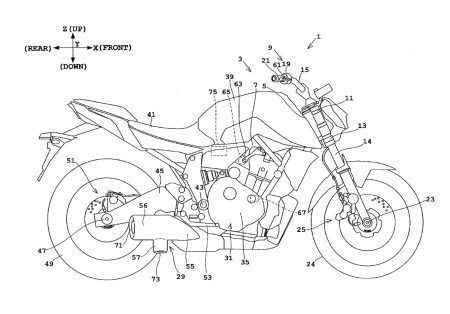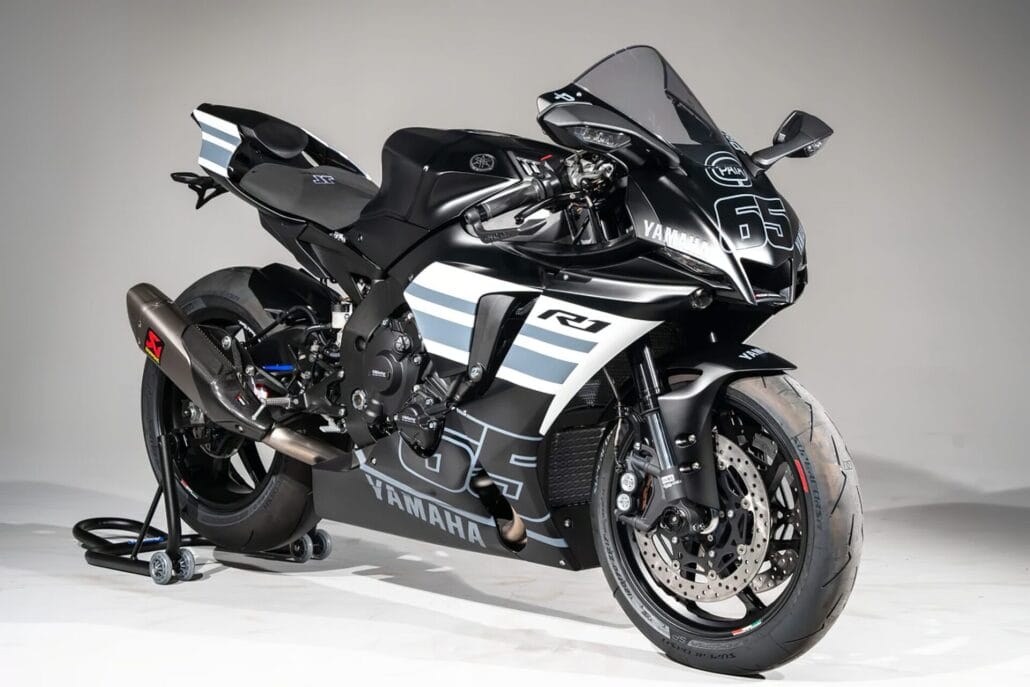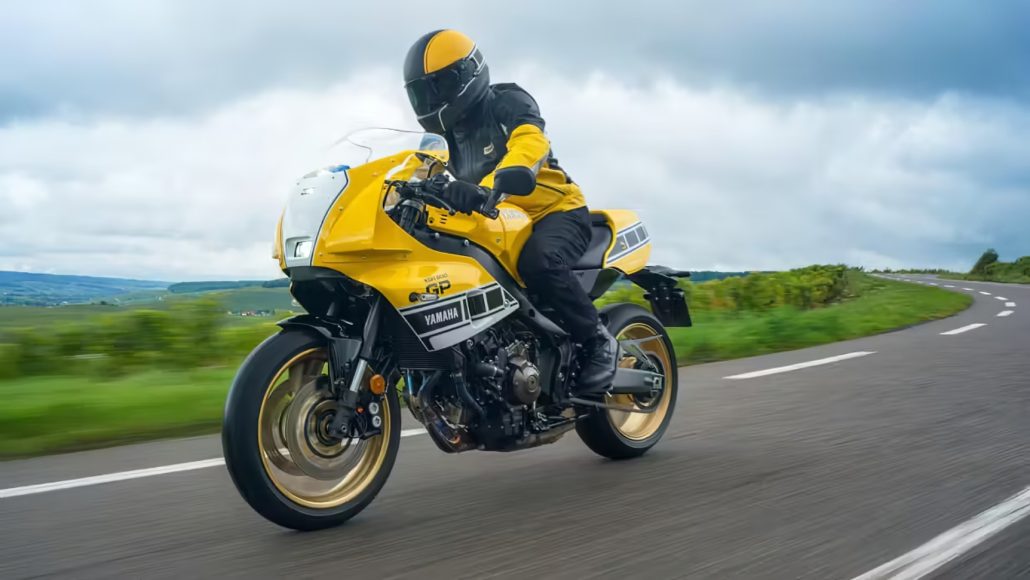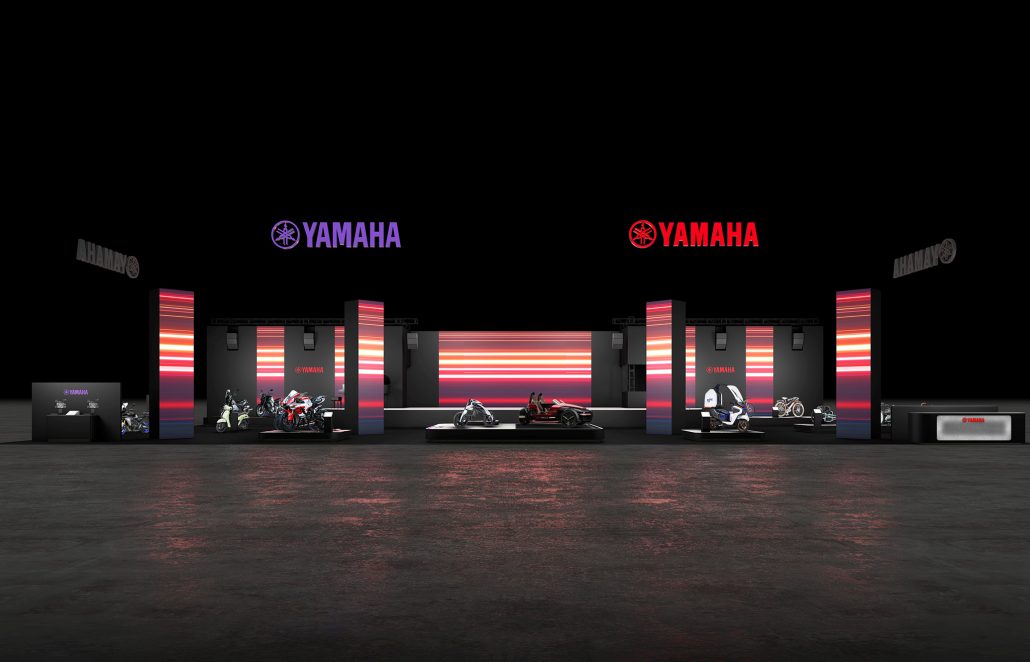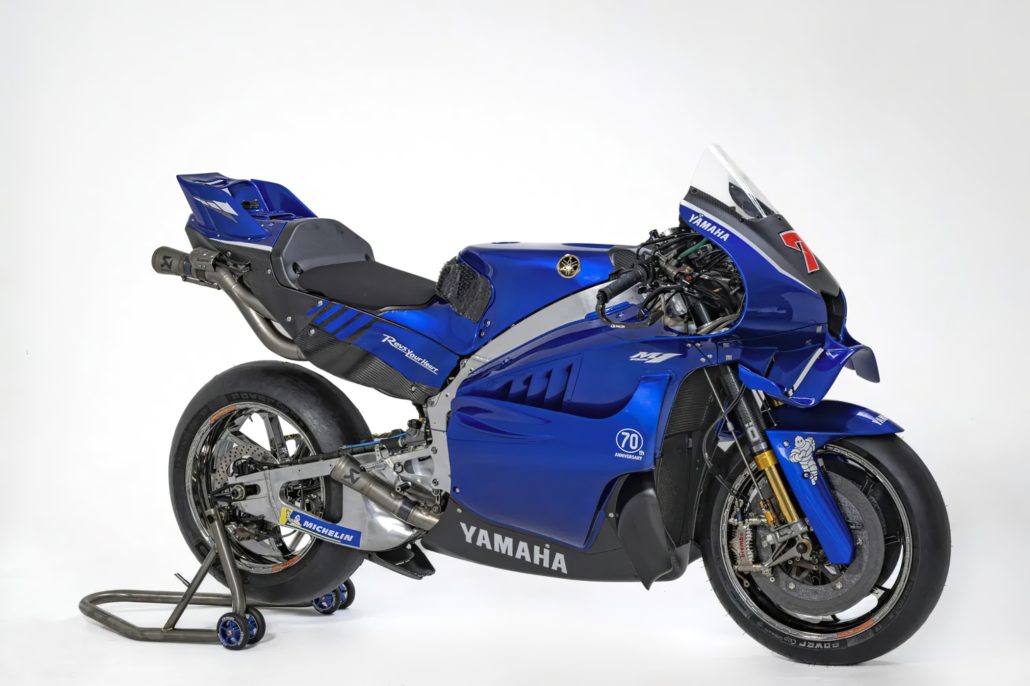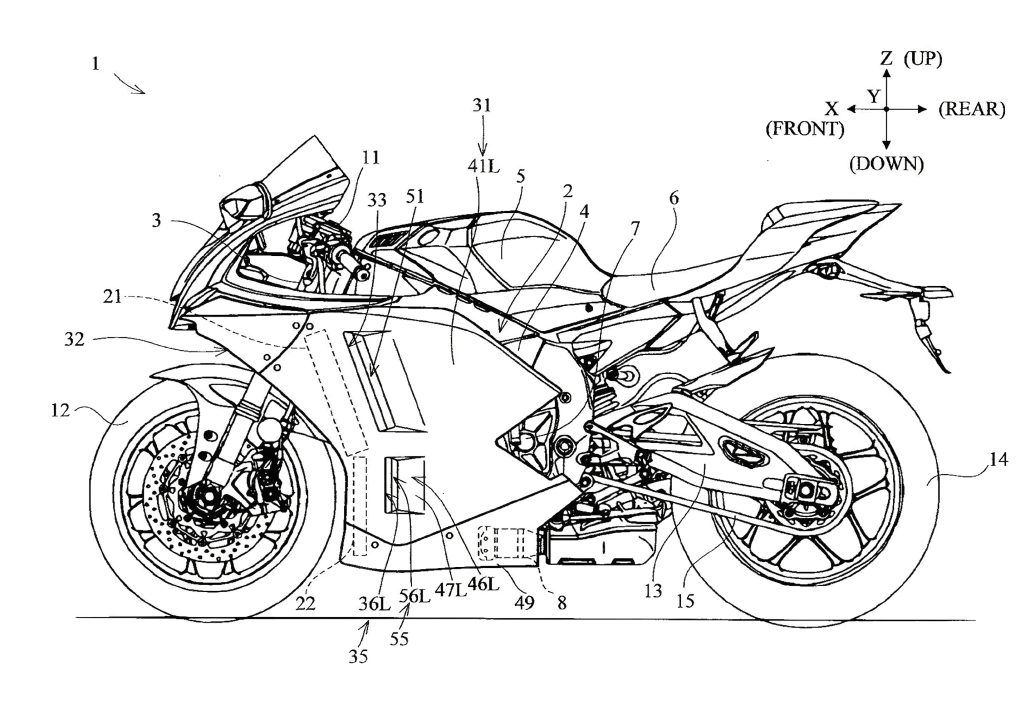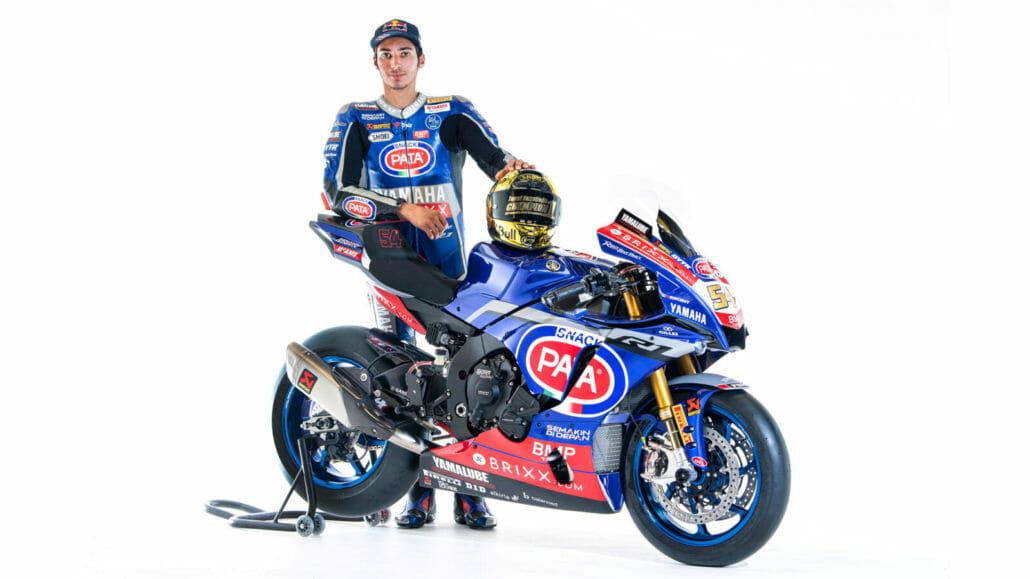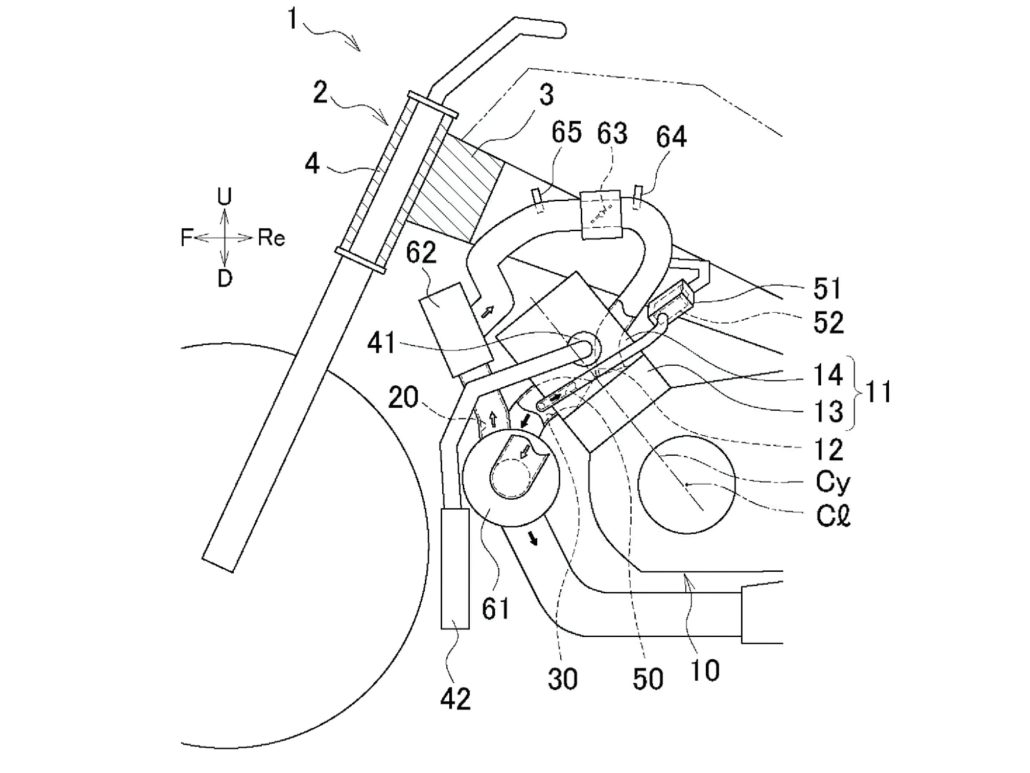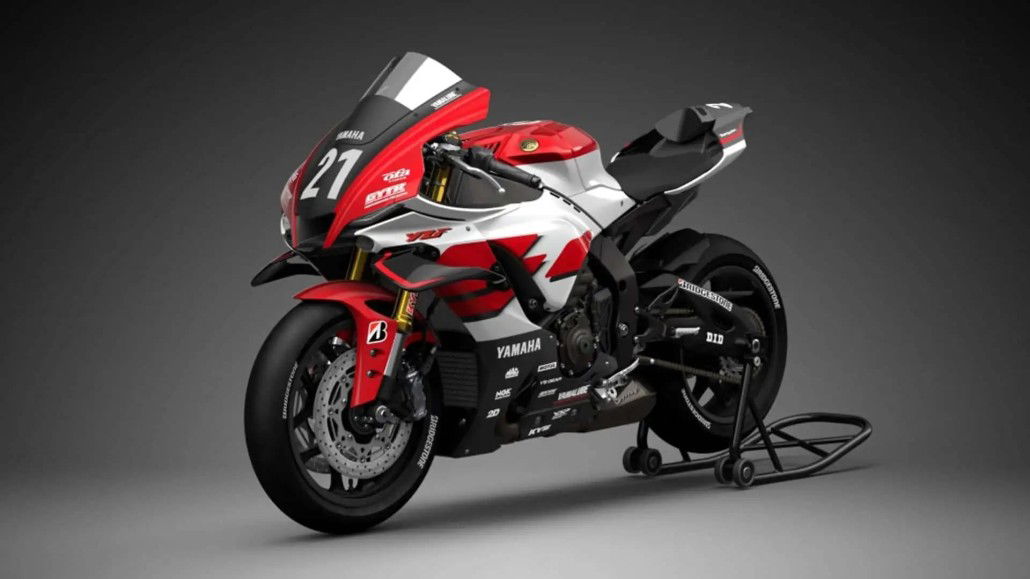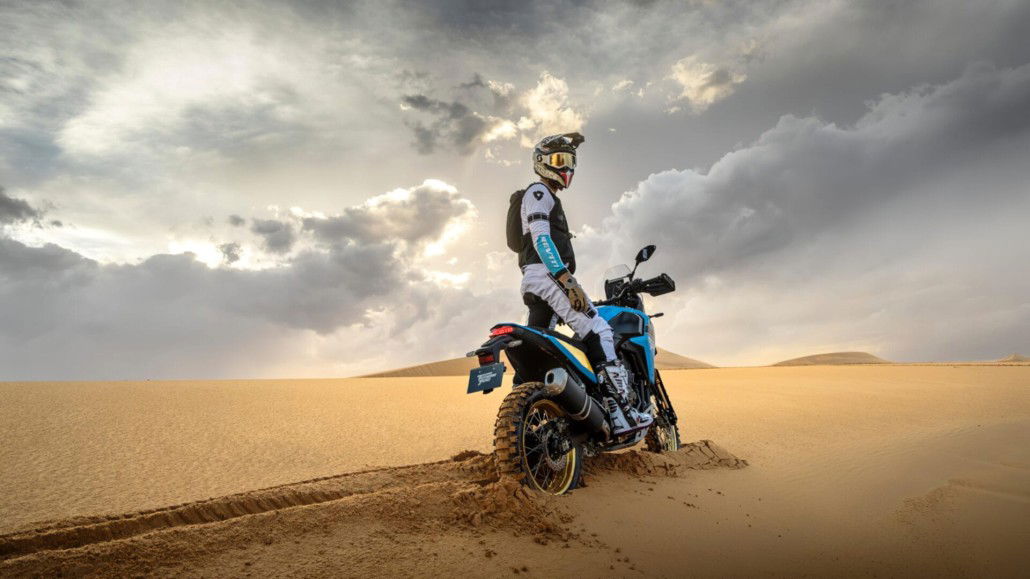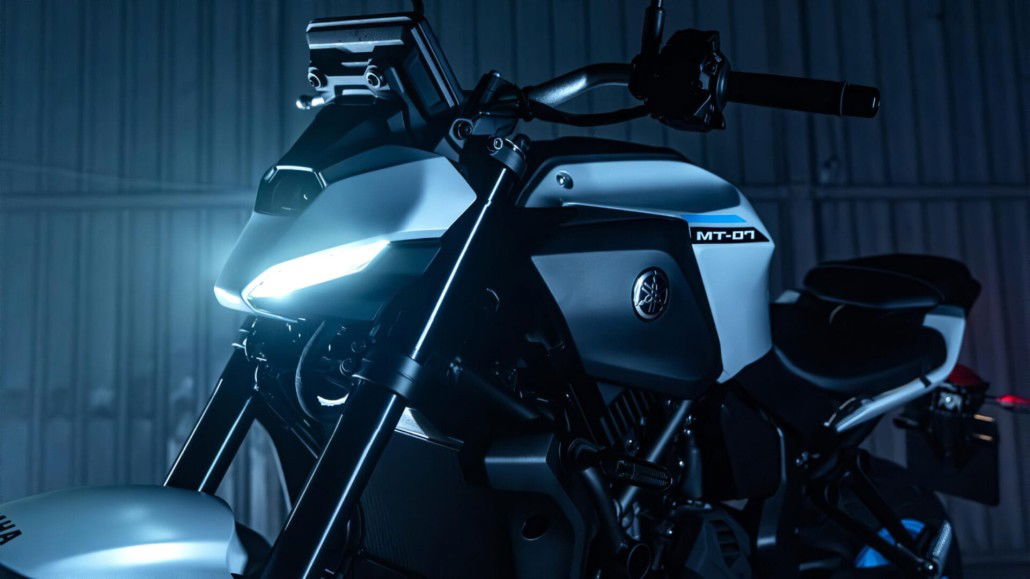Yamaha is working on exhaust technology that actively influences riding conditions. New patent documents show systems that specifically redirect exhaust jets to support acceleration, wheelie control, and cornering behavior.
Browsing: Yamaha
Yamaha
According to statements by leading managers, Yamaha is working on several new models, including a possible return of the R1 as a street-legal superbike version and a Ténéré offshoot with a three-cylinder engine. At the same time, the manufacturer has confirmed the end of the XSR700 without a Euro5-plus successor.
Yamaha is presenting new approaches to electric mobility at the Japan Mobility Show 2025 in Tokyo. The focus is on models and systems that have been specially developed to offer a unique driving experience and improved everyday usability. A key theme is the characteristics of electric and hybrid drives, which offer high torque even at low speeds. This makes it possible to drive without a clutch, which is intended to simplify handling in particular.
With the Yamaha XSR900 GP 2026, the manufacturer is launching a special model that pays tribute to one of the most influential figures in motorcycle racing: Kenny Roberts. The XSR900 GP is the new top model in the Sport Heritage series and combines modern technology with a clear retro design reminiscent of the Grand Prix machines of the late 1970s and early 1980s.
Yamaha Motor is participating in the Japan Mobility Show 2025 in Tokyo, showcasing a total of 16 models under the theme “Feel. Move.” These include six world premieres that provide a comprehensive insight into the company’s innovative strength. The exhibition in East Hall 5 of the Tokyo Big Sight exhibition center will run from October 29 to November 9, 2025. Yamaha is focusing on the future of human-machine interaction and presenting a wide range of concept vehicles, e-bikes, and mobility solutions—complemented by collaborations with Yamaha Corporation in the field of music and sound technology.
With the unveiling of the new V4-powered YZR-M1 at the Misano World Circuit Marco Simoncelli, Yamaha is ushering in a new era in MotoGP. After more than two decades, the long-established manufacturer from Iwata is abandoning its familiar inline four-cylinder design and following the example of its main competitors, who have been using V4 engines for some time now.
To mark the 2025 French Grand Prix, Yamaha Motor France has unveiled a special model tailored to the domestic market. The Yamaha MT-07 Grand Prix de France Edition Exclusive has been created especially for French MotoGP fans, featuring eye-catching blue, white, and red paintwork. Technically, the bike remains unchanged, but it offers a number of special features in terms of appearance and price.
Yamaha will use a new V4 engine for the first time at the upcoming San Marino and Rimini Riviera Grand Prix (September 12-14). This marks the end of the manufacturer’s more than two-decade-long tradition of exclusively using four-cylinder inline engines with crossplane crankshafts. According to Yamaha, the prototype of the new M1 will take to the track for the first time in Misano.
Yamaha Motor’s 70th anniversary in 2025 is not only an occasion to celebrate the brand’s technical milestones, but also the unique stories that have shaped motorcycle racing. One such story connects two of Northern Ireland’s most famous racers – Joey Dunlop and Jonathan Rea – as well as the Rea family across three generations. At the heart of it all is a racing machine that has become a symbol of passion, perseverance, and family ties.
Yamaha is apparently working on a comprehensive overhaul of the aerodynamics for its super sports bikes, relying on technology that has previously been used primarily in automotive engineering. A new patent for the Yamaha R1 shows active cooling air outlets on the side fairings for the first time, which open or close automatically depending on various parameters. This system is designed to help reduce drag and improve both performance and emissions.
Yamaha is marking a milestone in the motorcycle world with the introduction of adaptive Matrix LED headlights in the revised Tracer 9 GT+. This is the first time that this technology, familiar from the automotive sector, has been used as standard on a motorcycle. While it has been established in cars for over a decade, a number of technical hurdles had to be overcome before it could be used on two wheels.
Toprak Razgatlıoğlu, currently one of the most spectacular and successful riders in the World Superbike Championship (WSBK), will make the leap to MotoGP in 2026. According to information from Motorsport.com Global and Speedweek.com, a corresponding contract with Yamaha has already been signed. The exceptional Turkish rider will join the Pramac team – making history: he will be the first Turkish rider in MotoGP.
While Honda is preparing for series production with the V3R E-Compressor and electrically powered supercharger, Yamaha is taking a completely different direction – with an electrically assisted turbocharger, or E-Turbo for short. New patent applications now provide insights into Yamaha’s approach to combining increased performance, efficiency and reduced emissions in motorcycles.
Yamaha is bringing movement to the motorcycle market – with an unusual concept: the Japanese company has developed a plug-in hybrid version of its popular MT-09 naked bike. The prototype combines the familiar three-cylinder engine with an additional electric motor, offering a mixture of classic riding fun and innovative technology. However, according to Yamaha, the focus is not on CO2 neutrality, but on the joy of riding.
Since their introduction in the automotive industry, airbags have established themselves as a life-saving innovation. According to the NHTSA, over 50,000 lives were saved by airbags in the USA alone between 1987 and 2017. Worldwide, it is estimated that they prevent around 70,000 deaths every year. However, while cars have long been equipped with this technology across the board, airbags have a niche existence in motorcycle construction. Only the Honda Gold Wing has been available with an airbag as standard since 2007 – an exception that highlights the particular challenges involved in implementing such systems on two-wheelers. Now Yamaha is getting into the game with an innovative sensor concept.
After a six-year break, Yamaha will finally make its official return to the legendary Suzuka 8 Hours in 2025 – one of the most traditional and prestigious endurance races in the world. The factory team is using this comeback not only as a sporting highlight, but also as a central element of the brand’s 70th anniversary celebrations. Yamaha is focusing on a successful mix of nostalgia, motorsport history and a top-class line-up.
Hybrid technology has been established in the automotive industry for years, but it has been a rarity in motorcycles until now. Now Yamaha has officially unveiled its first hybrid drive system: the Series Parallel Hybrid Electric Vehicle (HEV). In a recently published video, the manufacturer shows how the system works and what possibilities it offers. The test platform shown is based on a modified Yamaha XMAX, suggesting that it could be the first market-ready hybrid scooter or motorcycle of this type.
The motorcycle world has received an update – not in the form of a new model, however, but with a revised logo from Yamaha. The Japanese brand recently announced that its iconic trademark has been modernized. But anyone hoping for a drastic change will be disappointed: The innovation is subtle and remains true to the traditional design.
The Yamaha Ténéré 700 has been an integral part of the adventure bike range since its market launch in 2018 and carries on the legacy of Yamaha’s legendary rally successes in the 90s. In 2025, the Ténéré 700 remains the best-selling machine in its class and continues to inspire off-road fans and adventurers around the world. The model has been redesigned to offer even better performance both on and off the road.
Since its launch in 2014, the Yamaha MT-07 has been one of the most popular naked bikes in Europe. In model year 2025, Yamaha is presenting the MT-07 with a new look and technical enhancements. The MT-07 remains true to its style and combines its “Dark Side of Japan” philosophy with a revised design and new features.



